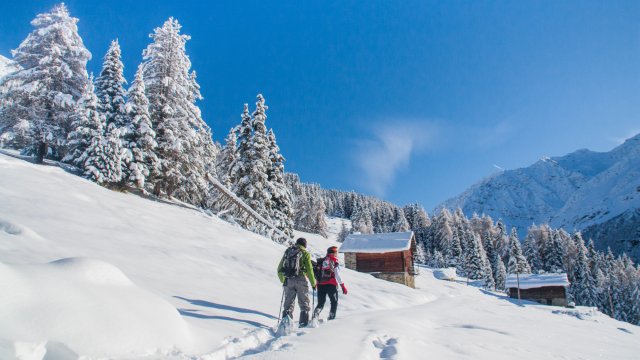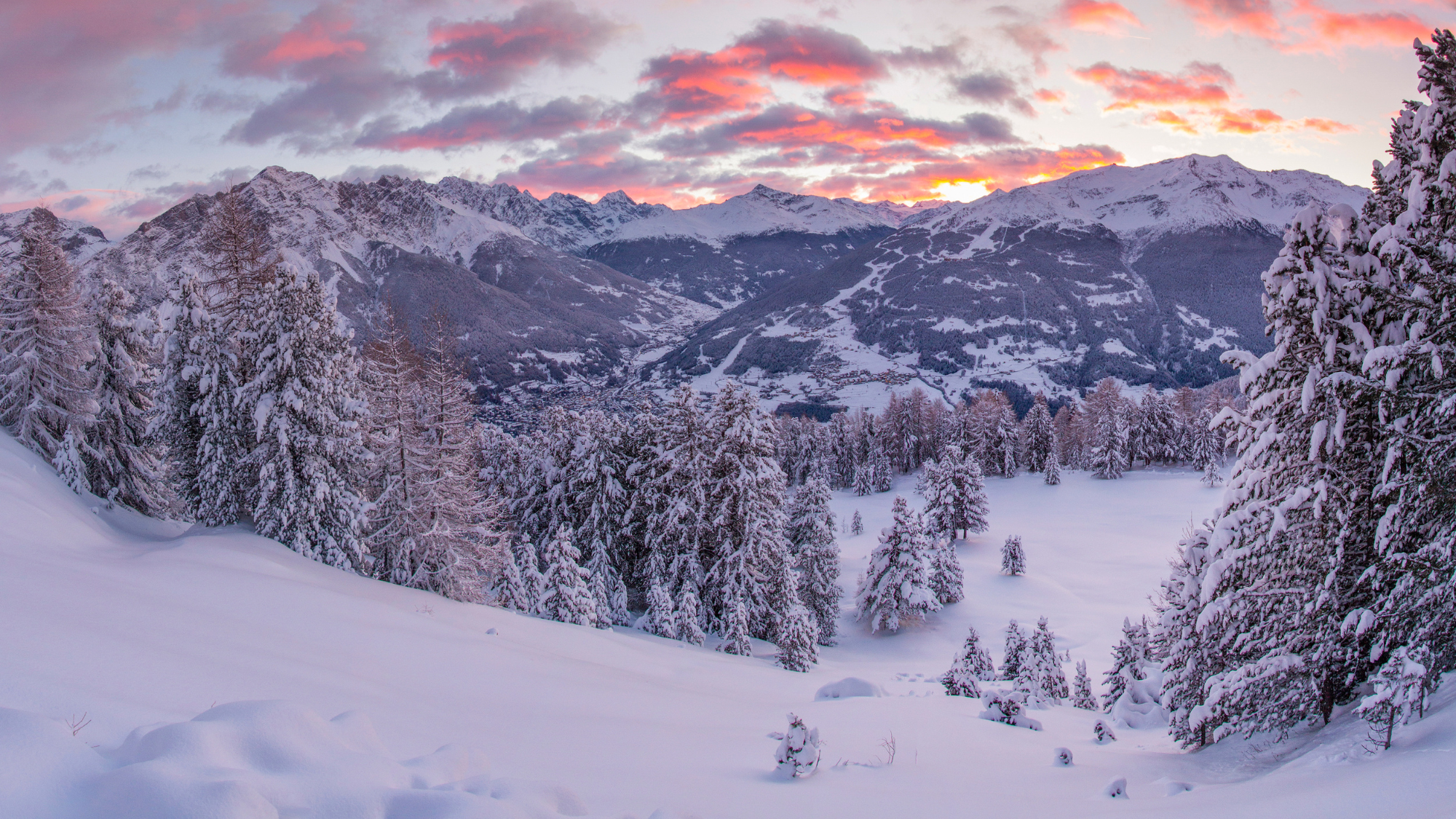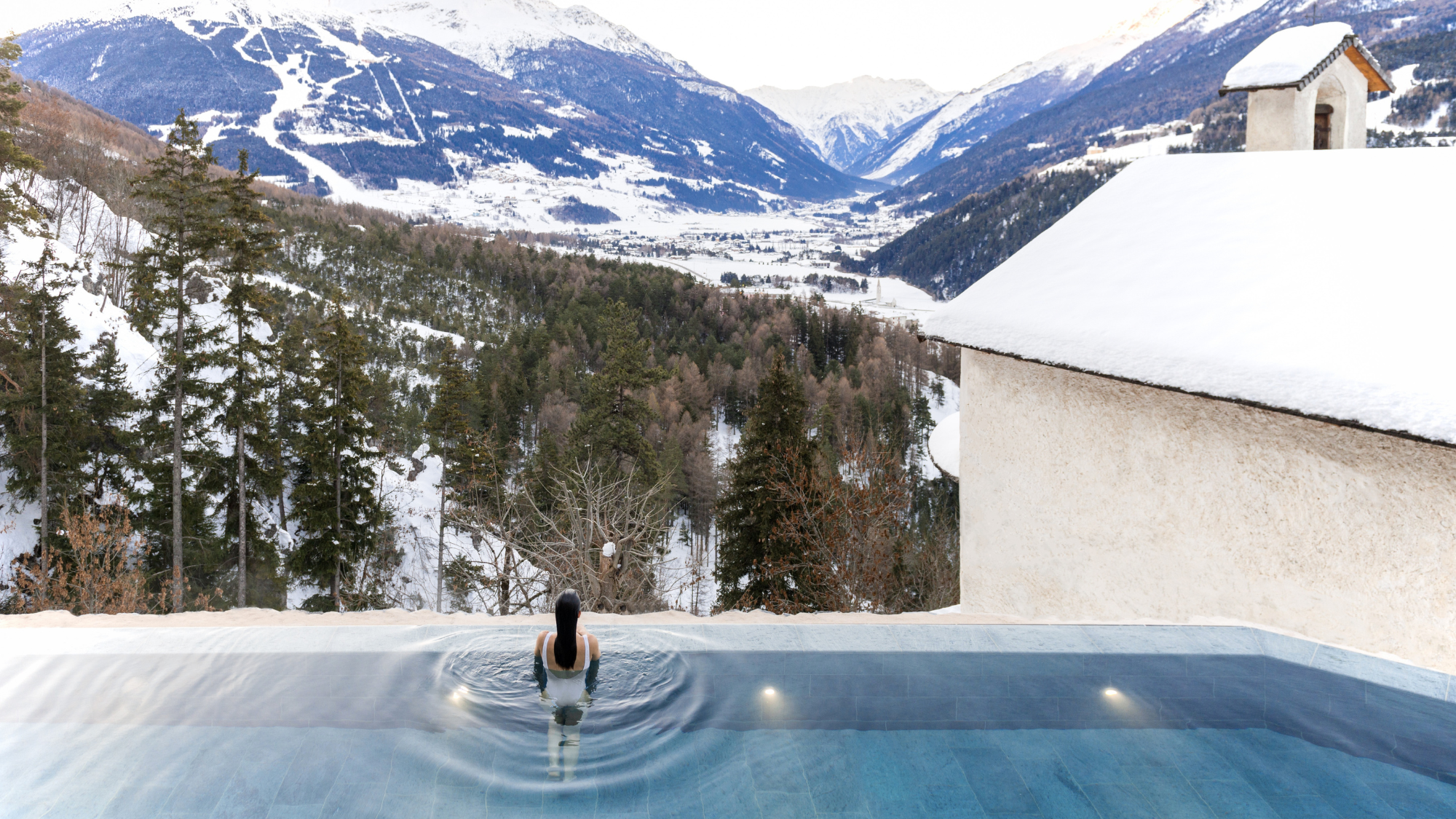
Beloved by Italians for its atmospheric natural hot springs, Bormio is the best Alpine getaway you’ve never heard of.
The town hosts the Alpine Ski World Cup every year, and much of the skiing at the 2026 Milan-Cortina Winter Olympics will take place here too. Yet in a recent press group of very well-seasoned travellers, we were all shocked to realise none of us were familiar with this part of the Alps – yet it has so much to offer.
Want to ski on slopes where professionals train? Go ahead. Prefer to spend your days exploring historic spas served by natural hot springs? That’s pretty much mandatory. Fancy a snowshoe hike into the hills to spot wildlife in the nearby Stelvio National Park? Grab a guide and go. Bormio has it covered.
What to see and do in Bormio
Outside Italy and adjacent Alpine nations, Bormio is probably best known by two groups of sports enthusiasts: cyclists and skiers. Cyclists, and some drivers, come to use the town as a base for tackling the infamous Stelvio pass, a spectacular winding mountain road that has featured on “Top Gear”.
Among skiers it is known for having hosted many races and championships throughout the years, largely because it is rare to find a resort with a slope (like Bormio’s Stelvio slope) that is continuously steep and long enough for a lightning-fast professional run.
If you can ski, Bormio is a fantastic resort with a good range of slopes, and lifts going up to 3,000m, where the views are very special. If you’ve yet to learn, though, I probably wouldn’t recommend it as the place to start: most slopes are graded red and there are no absolute beginner or green slopes. Our instructor – evidently more of a glass half-full man – did assure us however, that, if one learns in Bormio, one can ski anywhere.

For non-skiers who are not looking to learn, Bormio is a dreamy Alpine escape even in the winter. You can try cross-country skiing, e-fat biking (conditions permitting), or go walking in the local woodlands or towns. We were impressed by our snowshoe hike into the hills with our local and very knowledgeable guide. With views of the valley opening up after just a short climb, it was well worth the effort. We spotted several ibex and deer on our way, not to mention wolf tracks.
In many ski destinations, strolling around a few shops and restaurants is all there is to do after a day on the slopes. But despite its reasonable size, the historic town of Bormio has beautiful old churches and a fascinating backstory as a town that held a semi-autonomous status for decades due to its strategic importance in the Alps. And that’s without going into the witch-burning that took place from the 15th century…
Where to relax
The Roman baths and hot springs are what makes Bormio truly special. There are several to choose from, but the QC Terme Bagni Vecchi and Bagni Nuovi stand out, and for different reasons.
Visiting the Bagni Vecchi is more of an immersion into history than a luxury spa day. While it does have countless saunas and pools (including a spectacular stone infinity pool looking out onto the valley), there are also original Roman tunnels carved into the stone in which you can bathe and savour the the history along with the natural minerals on your skin.

By comparison, the Bagni Nuovi are set around a gorgeous “Grand Budapest Hotel”-style palace with pools, hot tubs and saunas spread across the hillside. It’s the kind of stuff dreams are made of and, if you can afford it, I can think of few nicer ways to switch off for a few days than staying in the hotel here.
These two spas are not intended for children, but there are public baths heated by natural hot springs in Bormio town that families can enjoy.
Where to eat and stay
In addition to the two hotels attached to the QC Terme baths, there’s plenty of luxury to be found around Bormio.
For a tucked-away ski-in, ski-out experience, there’s nowhere better than the Sunny Valley Mountain Lodge, in Santa Caterina di Valfurva, the neighbouring village that shares a ski pass with Bormio. It has 10 rooms and even its own igloo for hosting special events. To get up to the lodge for an evening meal we were picked up on a snowcat – like a massive passenger tractor on snow tracks – driven by the head chef himself, to our bemusement.
Still only in his mid-20s, chef Tommaso Bonseri Capitani is proudly Bormio born and bred, like most of the guides and tourism workers we met. Having joined the Italian national culinary team as a teenager, and led them to victory at the Global Chef Challenge competition in 2022, he returned home to continue the traditions of his ancestors in a contemporary way. He blew us away with his passion for his craft and his outstanding creations. We particularly enjoyed his porcini muffins and homemade saké made with Alpine herbs and flowers.

A little out of the way and perhaps best for those looking to explore Bormio’s non-ski offering, or for those ski-touring or ski-mountaineering, Agriturismo Baita de l’All is a gorgeous five-room spot that offers a traditional Alpine experience. Hearty warming mountain food and surprisingly elaborate desserts are on the menu here, too.
If you’re looking for somewhere to eat in town, however, the place to go is Al Filò. Set under cavernous arched ceilings, its impressive atmosphere matches the elevated cuisine on offer. Our treat of a tasting menu included bresaola, ricotta and pistachio foam with caramelised spring onions, a local twist on carbonara, and taggiasca rabbit with peeled potatoes and a special mayonnaise. Make sure you book in advance as – with good reason – it’s popular with locals and tourists alike.
Our final stop was a tour and tasting at the Nino Negri winery, on our way back to Milan Linate airport. Wine across the Valtellina region is made with the nebbiolo grape, which is notoriously difficult to grow as it requires specific conditions. Because the vineyards are on such steep slopes, the grapes must be harvested by hand, a challenging and labour-intensive process.
We got the sense, however, that, like the cooks and tourism workers of Bormio, the winemakers wouldn’t have it any other way. The traditions and the history of this place are not only preserved, but also at the heart of everyday life for residents young and old. No one could leave Bormio feeling anything but hopeful for the younger generation working to bring its delights to future lucky visitors.
Asya was a guest of the Bormio Tourism Association and stayed at Agriturismo San Gallo, with double rooms from £110 per night.
From snowy slopes and hot-spring spas, to high-end food and wine, this Italian town has something to offer everyone






